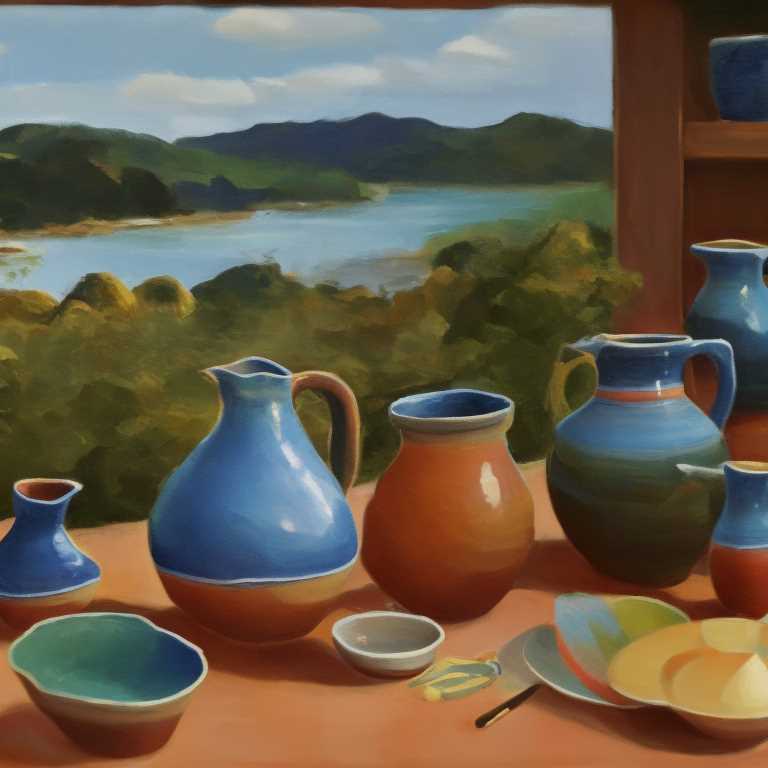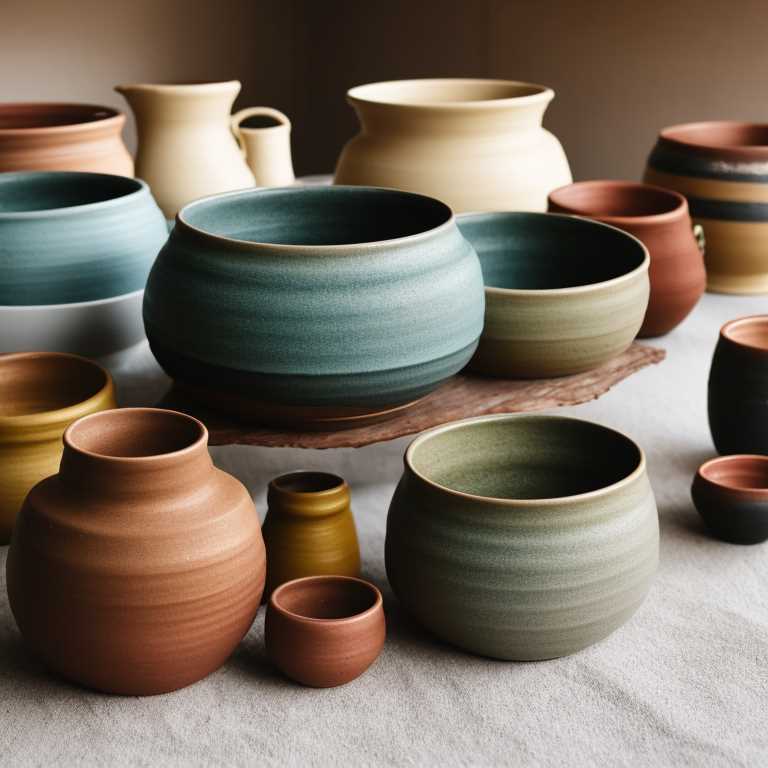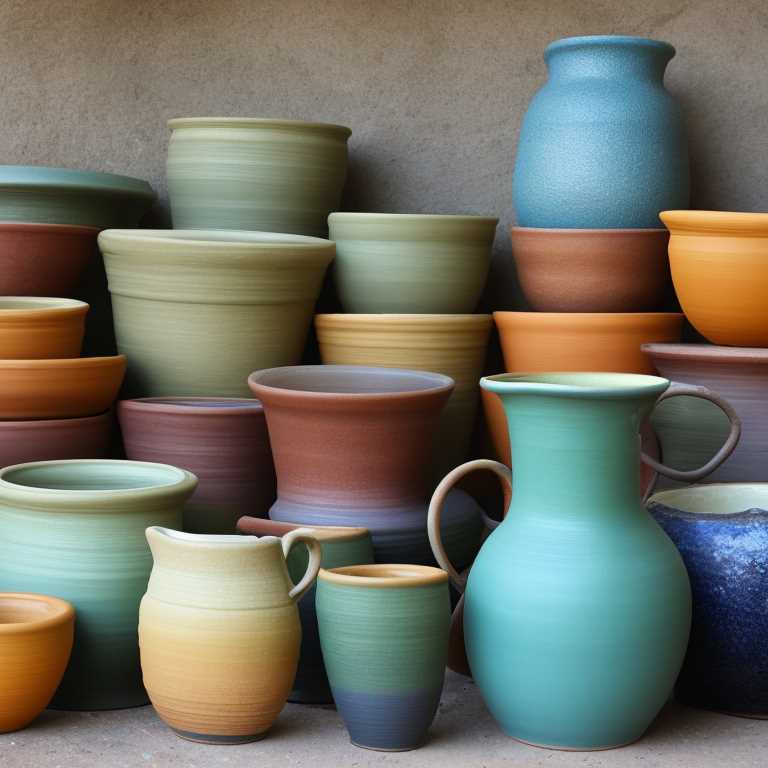Pottery painting is a fun and creative activity that can be enjoyed by people of all ages. Whether you are looking to decorate your home with unique pieces, create personalized gifts for friends and family, or just enjoy some quality time with loved ones, painting pottery is a great choice.
In this article, we will guide you through the steps of painting pottery, from selecting the right pottery to picking out paint colors and techniques.
Step 1: Choose Your Pottery
The first step in painting pottery is selecting the right piece to paint. Most pottery stores or studios will have a variety of pottery pieces to choose from, such as plates, mugs, bowls, vases, and figurines. When selecting your pottery, consider the size, shape, and style of the piece, as well as your personal preferences and intended use.
Step 2: Prepare Your Pottery
Before you begin painting, it is important to prepare your pottery to ensure that the paint adheres properly and creates a smooth finish. Start by cleaning your pottery with soap and water to remove any dirt, dust, or oils. Then, dry your pottery thoroughly with a clean towel or let it air dry.
Step 3: Choose Your Paints
When it comes to painting pottery, there are a variety of paint options to choose from. Some popular choices include acrylic paints, ceramic paints, and glazes. Each type of paint has its own advantages and disadvantages, so it is important to choose the right paint for your project.
Acrylic paints are a popular choice for beginners because they are easy to use, dry quickly, and are available in a wide range of colors. However, they may not be as durable as ceramic paints or glazes and may not be suitable for items that will be exposed to water or heat.
Ceramic paints are specifically designed for painting pottery and are typically more durable than acrylic paints. They also come in a wide range of colors and finishes, such as matte, gloss, and metallic. However, they may require firing in a kiln to set the paint, which may not be available at all pottery studios.
Glazes are a popular choice for pottery that will be used for food or drink, as they create a smooth, waterproof finish. They are also durable and resistant to chipping and fading. However, they may require firing in a kiln, which can be time-consuming and expensive.
Step 4: Plan Your Design
Before you start painting, it can be helpful to plan out your design ahead of time. This can help you choose the right colors and techniques and ensure that your design looks cohesive and balanced. Some popular design ideas include patterns, landscapes, animals, and abstract designs.
Step 5: Start Painting
Now it's time to start painting! Depending on your chosen paint and design, there are a variety of techniques you can use to achieve your desired look. Some popular techniques include:
– Brushing: Use a paintbrush to apply paint to your pottery in smooth, even strokes. This is a great technique for creating detailed designs or lettering.
– Stenciling: Use a stencil to create a pattern or design on your pottery. This is a great technique for beginners or for creating a consistent pattern.
– Sponging: Use a sponge to dab paint onto your pottery for a textured, rustic look. This is a great technique for creating a natural or organic design.
– Splattering: Use a paintbrush or toothbrush to splatter paint onto your pottery for a fun, abstract look.
Step 6: Let Your Pottery Dry
Once you have finished painting your pottery, it is important to let it dry completely before moving on to the next step. This can take anywhere from a few hours to a few days, depending on the type of paint and the thickness of the layers.
Step 7: Apply a Sealant
To protect your painted pottery from chipping or fading, it is important to apply a sealant. This can be a clear glaze or a spray sealant, depending on your chosen paint and pottery. Be sure to follow the manufacturer's instructions for applying the sealant and allow it to dry completely before using your pottery.
Step 8: Enjoy Your Finished Pottery
Congratulations, you have successfully painted your pottery! Now it's time to enjoy your finished piece. Whether you display it in your home, use it for daily use, or give it as a gift, your painted pottery is sure to be a unique and cherished item.
Painting pottery is a fun and creative activity that can be enjoyed by anyone. By following these simple steps and choosing the right pottery, paint, and techniques, you can create beautiful and personalized pieces that will last for years to come. So grab some paint and get started on your next pottery painting project today!


